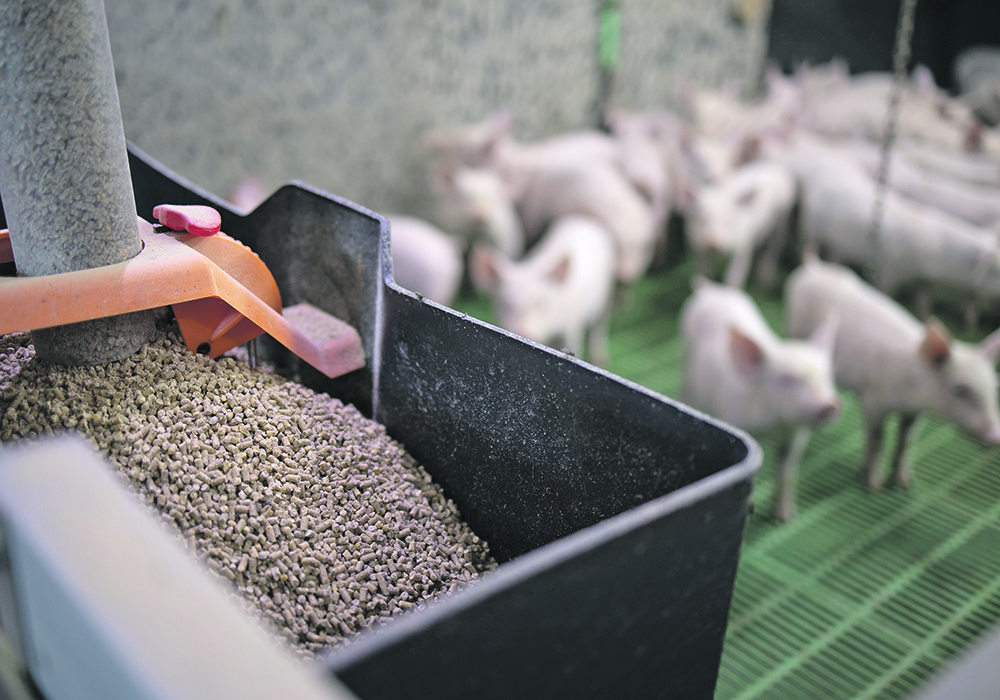EDMONTON — The average person is host to billions of diverse bacteria and viruses that live in a community called a microbiome.
A 200 pound adult probably carries two to six lb. of bacteria, some of which may cause disease while others are necessary for life, said virologist Frank van der Meer of the University of Calgary’s faculty of veterinary medicine.
“Viruses have many roles, and there are good and bad viruses,” he said during the Livestock Gentec conference held in Edmonton Oct. 13-14.
Genomics help researchers identify the residents of a microbiome and their relationships.
Read Also

Canadian Food Inspection Agency slammed for handling of bovine tuberculosis case
The federal government leans heavily on producers to “take one for the team” and risk their livelihoods without any reassurance of support.
Some of van der Meer’s research is looking at the microbiome that develops during the life of a calf. He specializes in bovine viral disease because it is a good model to show how a virus infects a body and evolves over time.
BVD can cause persistent infection in cattle. Calves infected in the womb are immune compromised and either die or fail to thrive.
“For me, that is a very nice model to study what happens to a virus when there is not immune re-sponse to mess things up,” he said in an interview.
Genomic studies traced the virus’s family tree back to 1909 in Western Canada.
The next piece of detective work is tracing its evolution and ability to cause disease, which can eventually provide information about all the viral species present in the respiratory tract of cattle and their involvement in disease development.
“We would like to understand how it changed and became very pathogenic,” he said.
“With that information, we try to understand how viruses change. We use BVD as an example.”
The end goal is to figure out how the virus might evolve in the future so that more effective vaccines can be developed.
“We are always behind,” he said.
“We always wait until there is infection in the field; then we start producing a vaccine. What about if you can produce a vaccine that is ready for a virus that could emerge 10 years from now?”
BVD is found around the world, although Scandinavia, Scotland and Northern Ireland are free or almost free of it.
Other European countries such as Germany, France and Switzerland are working toward eradication.
“As countries become more free of that particular virus, they will demand stock coming into their country that is also free,” he said.















